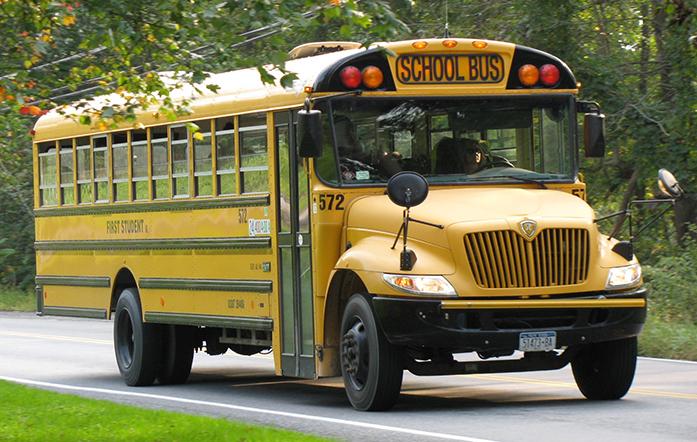After months of hearing complaints about the use of seclusion rooms in local schools, the School Board formed a committee as state action looms.
By Addison Martin
At a recent Iowa City School Board work session, board members moved toward a solution involving issues with seclusion rooms and the special-education departments.
Seclusion rooms are small rooms in classrooms that are used to isolate students who misbehave. The rooms are legal but discouraged by the U.S. Department of Education.
With the formation of an administrative committee dedicated to solving the issue, board members hope to hear possible solutions by the end of the spring semester. In the meantime, board member Chris Liebig said, there will be some training for teachers and staff members.
“Do those rooms really need to be inside the classrooms? I think that we can definitely improve our practices on it and get some good feedback on what’s possible and the best practices,” Liebig said. “I just don’t want to prejudge what [the committee] might recommend, but ideally, you might want to be using practices that minimize and eliminate the need for the seclusion rooms.”
Mary Richard, a local lawyer who brought the issue to the state level with a complaint, said her action is part of her job as an attorney. Richard has been a resident of Iowa City since 1972 and has worked in the field of special-education law since 2006.
“You do this because it’s a part of your professional ethics; it requires that you give public service, and because this is my area of practice and this is an appropriate thing for me to do …” she said. “These issues are issues of law and of children’s mental health, and this is just something I decided I was situated to do.”
The complaint will eventually lead to a state investigation, she said, and with those findings, action can occur. In the “Proposed Relief” section of the complaint, Richard laid out what some hope to happen. They ask the School District to only use the practice of seclusion in extreme emergencies and to use the terms “seclude” and “seclusion” when referencing this practice, instead of “time-out.”
“This is a systemic issue,” Richard said. “It’s not an issue that I would necessarily do on behalf of a single client, a single child, and so I had been reading about it in the newspaper, and I had been talking to a number of parents about it, and it just was something I decided to do.”
Heather Young, a grandmother of a special-needs child heading into kindergarten in the district, has been a part of the push against the seclusion rooms since last fall. She said the involvement of the state has been a huge relief for her.
“I am thrilled that the state is going to do the right thing, and in my opinion they don’t have a choice …” she said. “They’re the only ones that have the power to force a district to change.”



